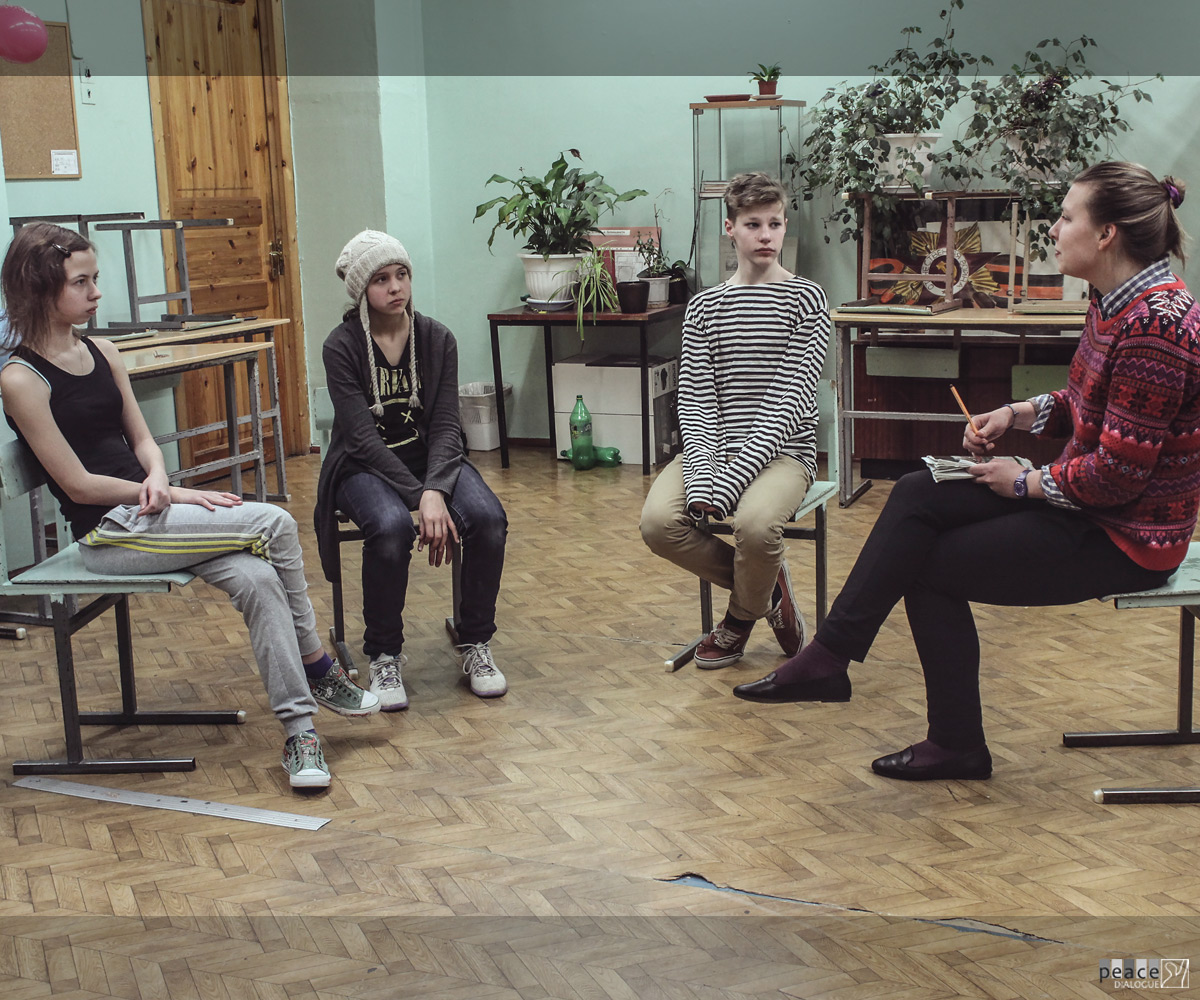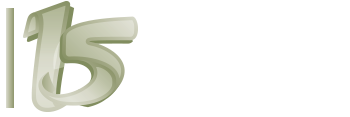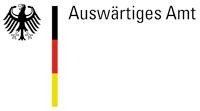
Photo: Participants of the project “Arena”, Maria Kolosova and Roman Aleksandrov, are leaders of a project called “Vmeste“. They work with teenagers using Documentary-Theatre and Forum-Theatre as educational tools for developing critical thinking among young people. © 2015, project “Vmeste“.
|
Early in 2015, the Armenia based NGO Peace Dialogue with its German partner OWEN launched a project called Arena: Community Theatre and Public Art. This three-year project is aimed at improving the impact of peace building at both community and regional level. In the framework of the project, civil society actors from the Russian Federation, Georgia, Armenia, Ukraine, and Azerbaijan were invited to take part in two workshops on Systematisation of Experiences in Tbilisi.
The project strives to empower civil society groups from the above-mentioned post-Soviet/Eastern Partnership (EaP) countries to work together on strategies and methodologies that they can use in community work. The ARENA-project created a safe space for dialogue, mutual learning and ongoing educational activities for a group of participants who are motivated to work on suitable and sustainable strategies for community-based peace building.
The first phase of the project was aimed at analyzing existing peace-building practices on a community level in order to reveal opportunities and limits, lessons learned and challenges for civil society groups. Peace activists from the Caucasus Region, Russian Federation and Ukraine came together to share their experiences of using art in peace building. In this newspaper we present some of their experiences using community theatre and public art in peace work.
In many of these countries, the situation has become extremely challenging for non-violent forms of conflict transformation and for the people who work in peace building across conflict lines. In the conflict involved countries with autocratic regimes, the government actively uses propaganda as a means of suppressing any display of critical thinking and deepening the atmosphere of fear and hatred towards rival countries. This marginalizes and isolates activists in their peace building initiatives, and as a result these activists are rarely supported by the authorities or by the broader public. Peace building initiatives are usually presented as dangerous attempts to destroy the stability or the security of the state.
All of these factors served as a basis for Peace Dialogue and OWEN to design the Arena project. The actors involved in the project produced valuable knowledge out of looking at their own experiences. During the workshops they critically analyzed the processes they had implemented in their communities. Participants collected, documented and analyzed their experiences using art techniques, such as film making, community theatre, public art, animation and other means in their peace building activities and in achieving positive change in their societies.
For more details, please contact Armine Zakaryan at [email protected]
The Project’s German Partner – OWEN – Mobile Akademie für Geschlechterdemokratie und Friedensförderung e.V.
The project “Arena: Community Theater and Public Art” is supported by the zivik (Civil Conflict Resolution) programme of the Institute for Foreign Cultural Relations (ifa) with means from the German Federal Foreign Office.





